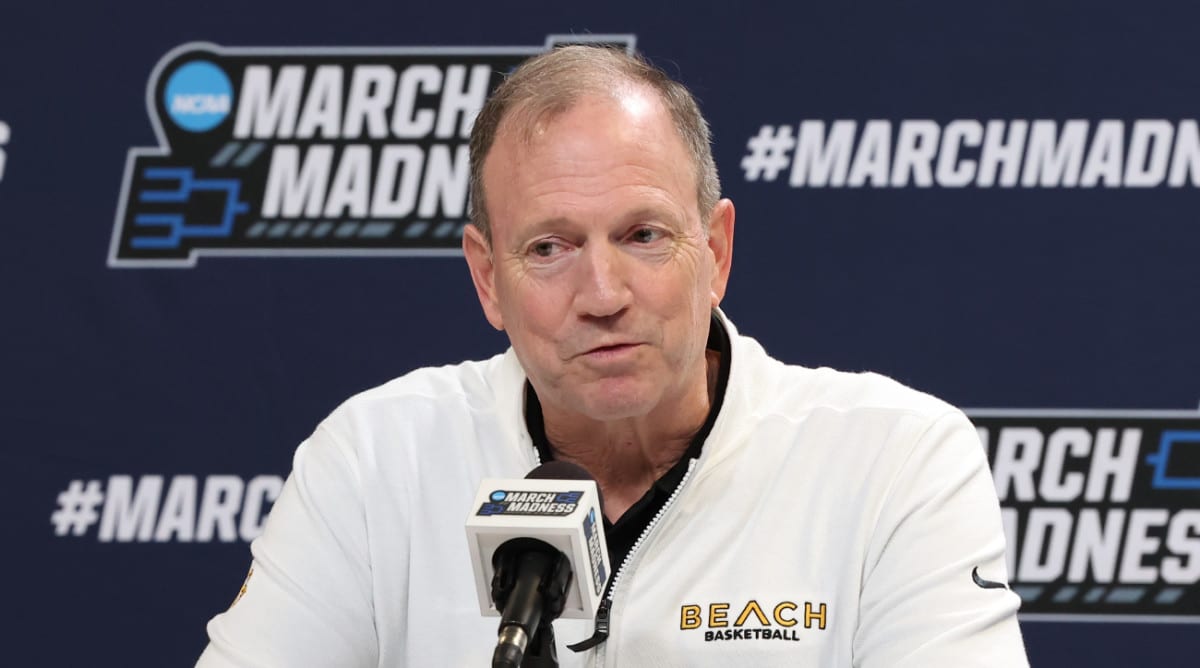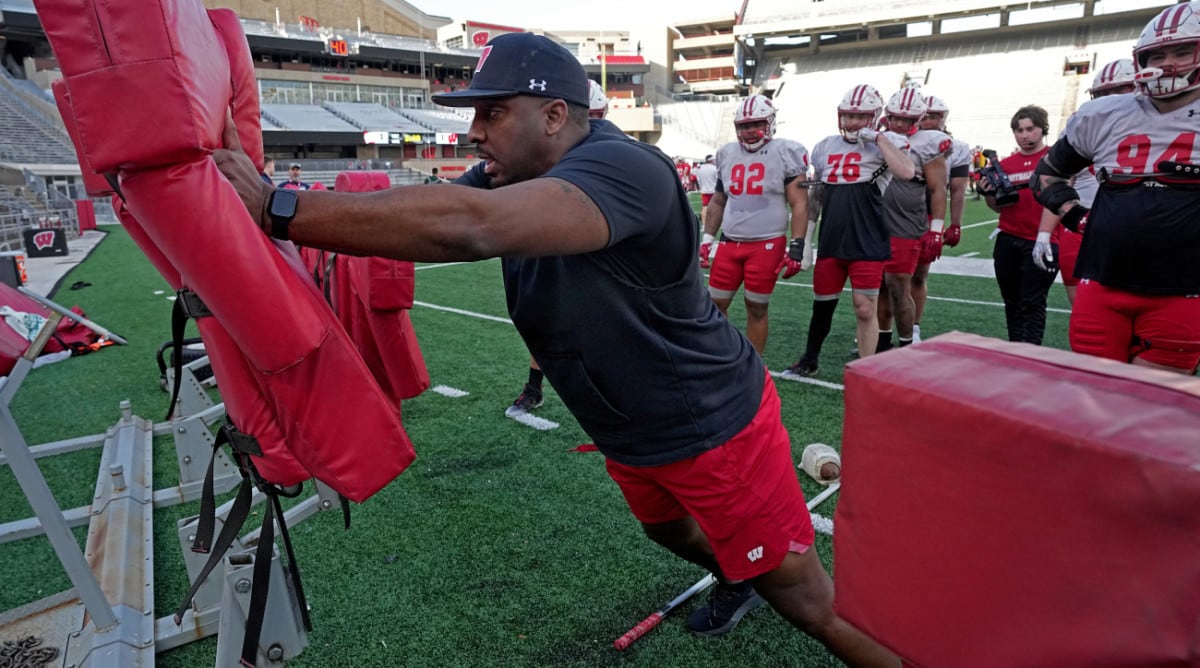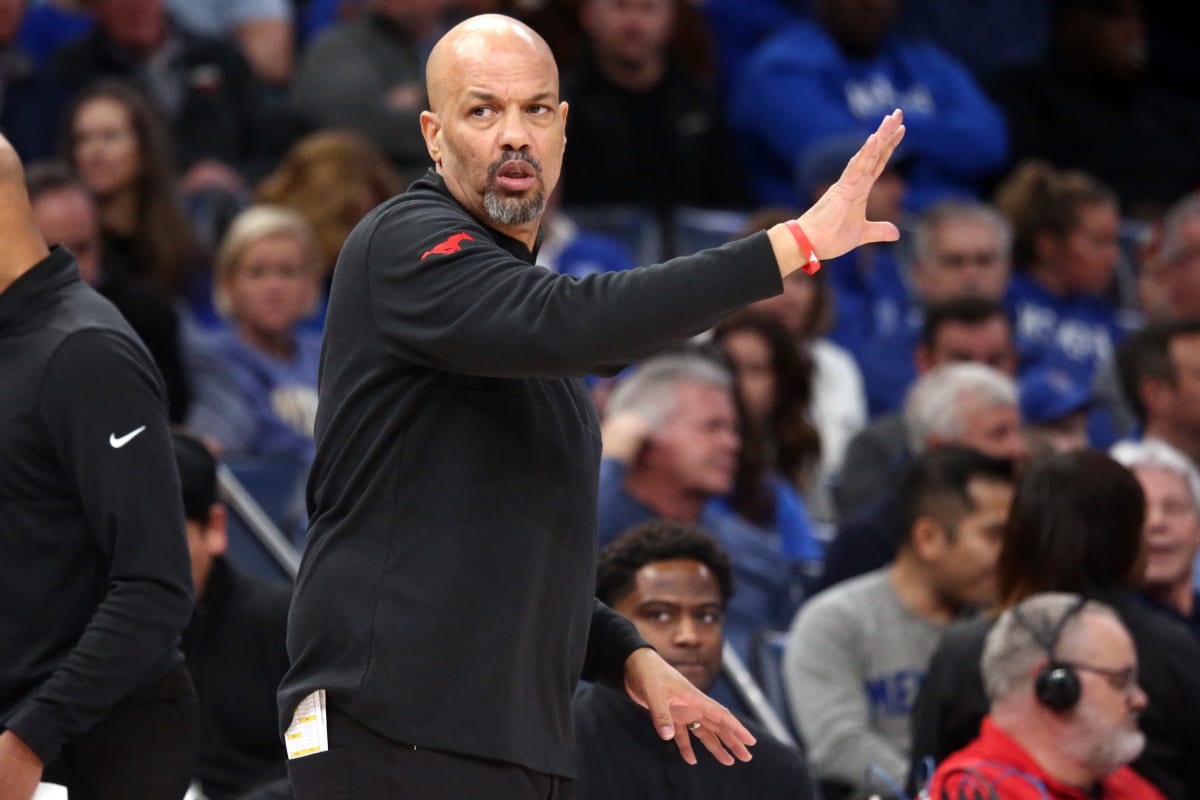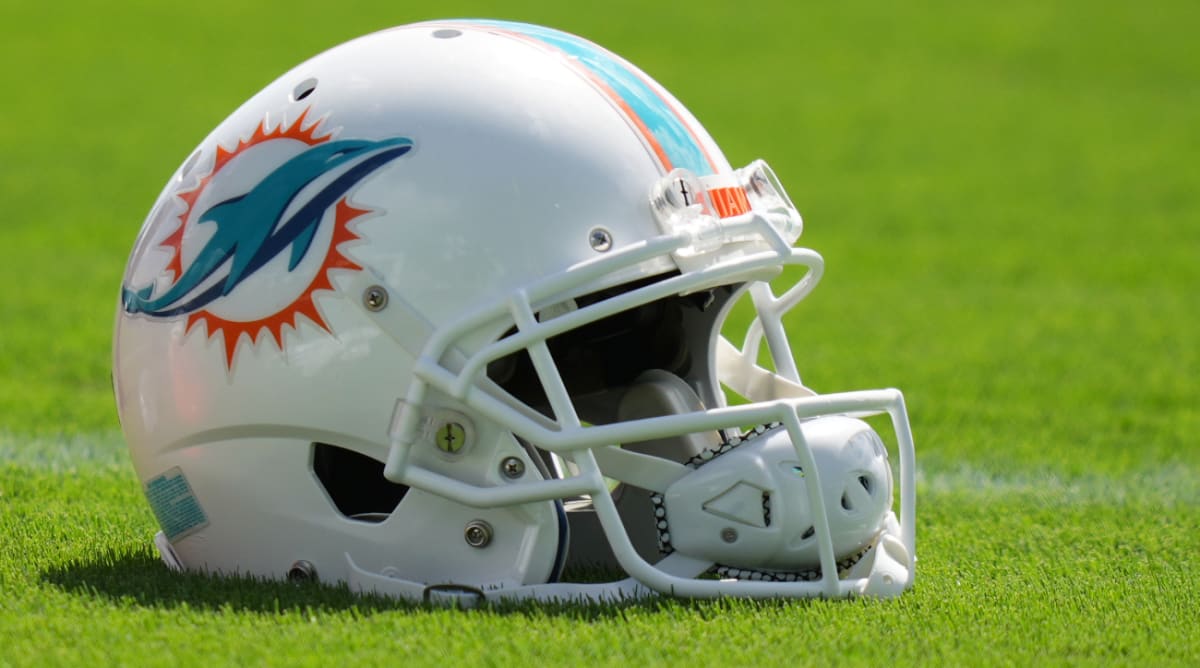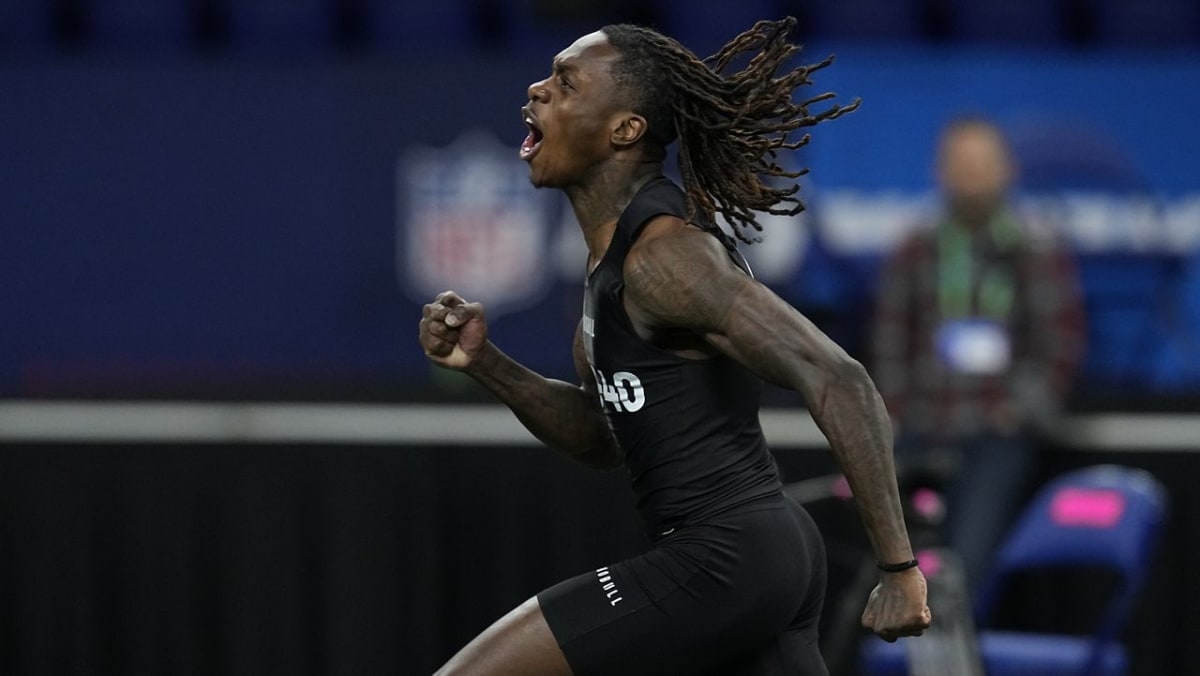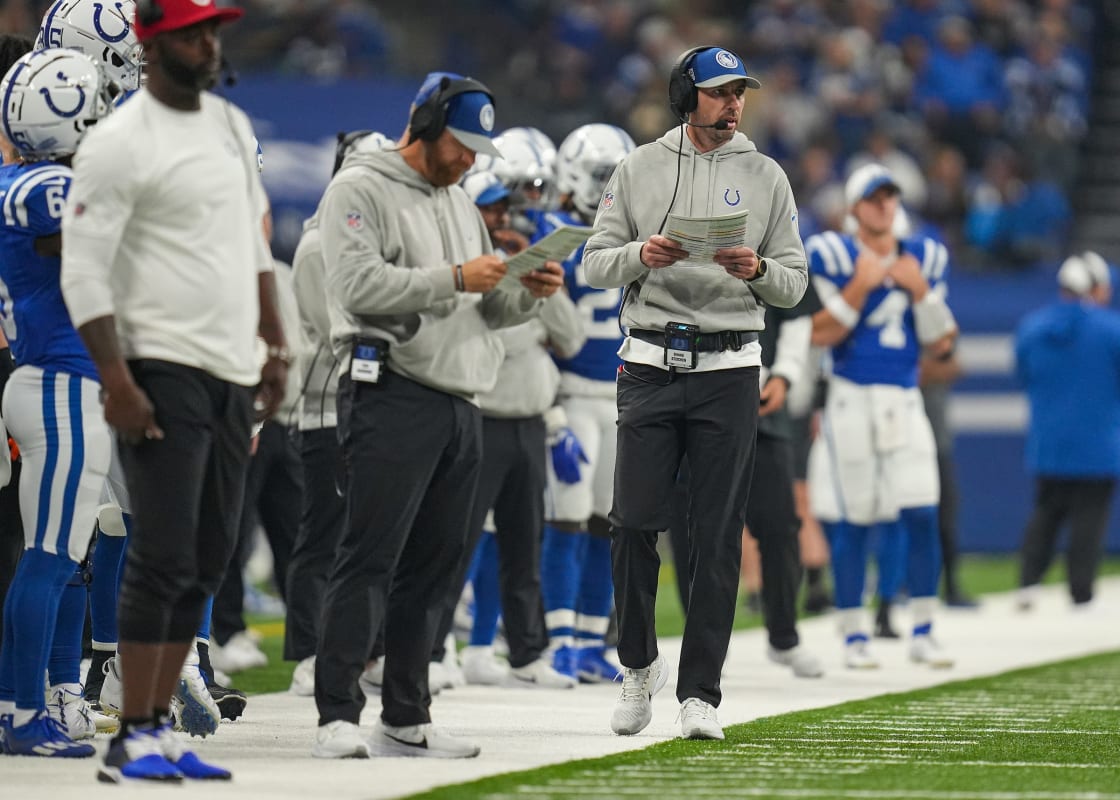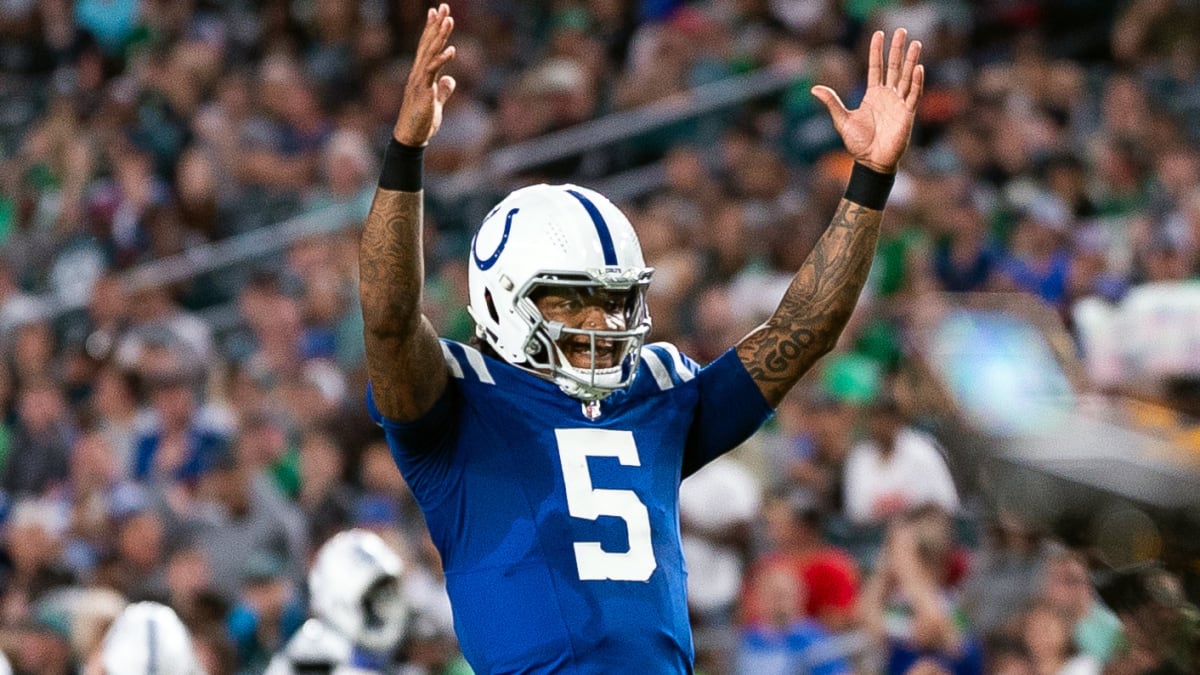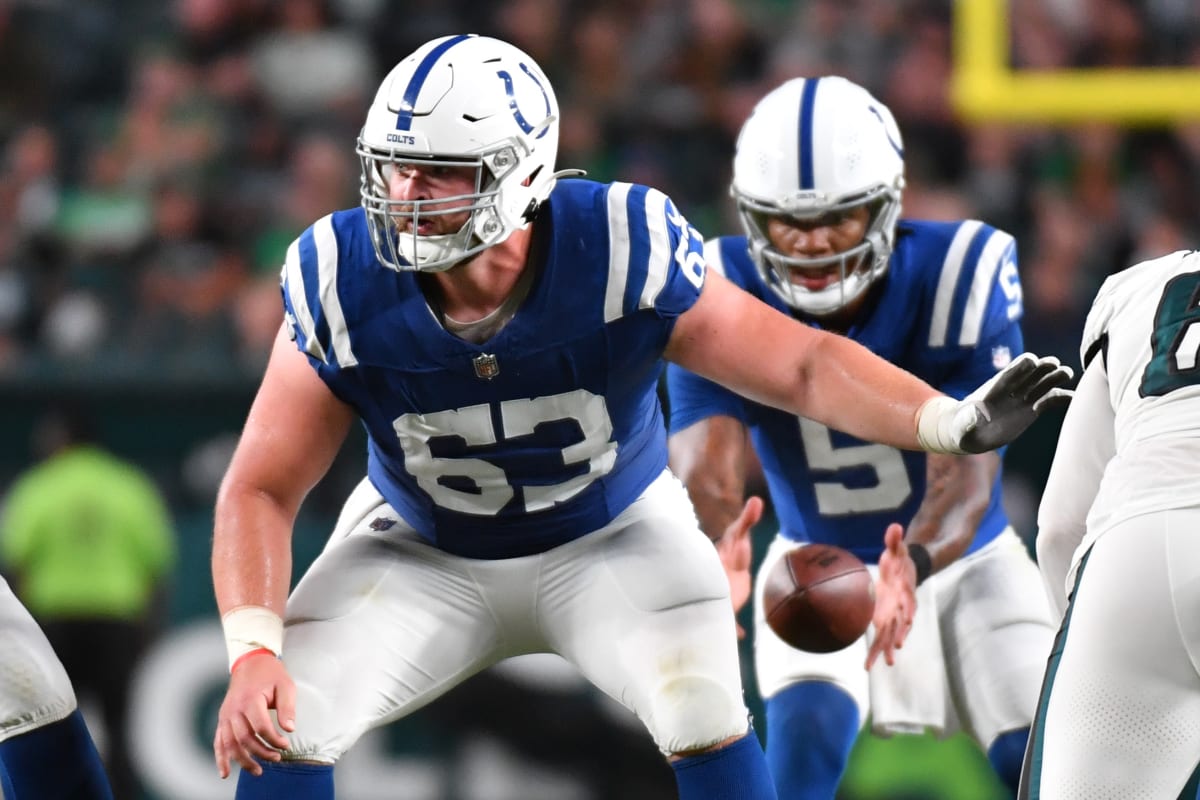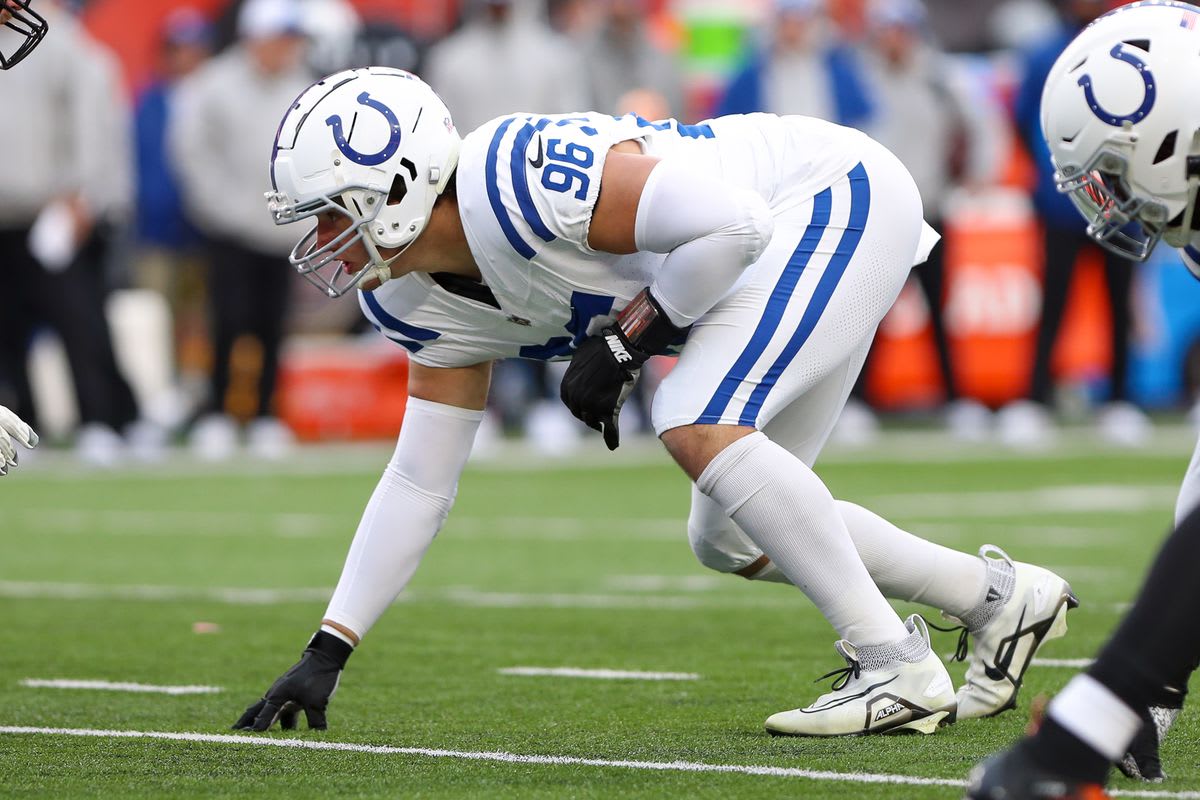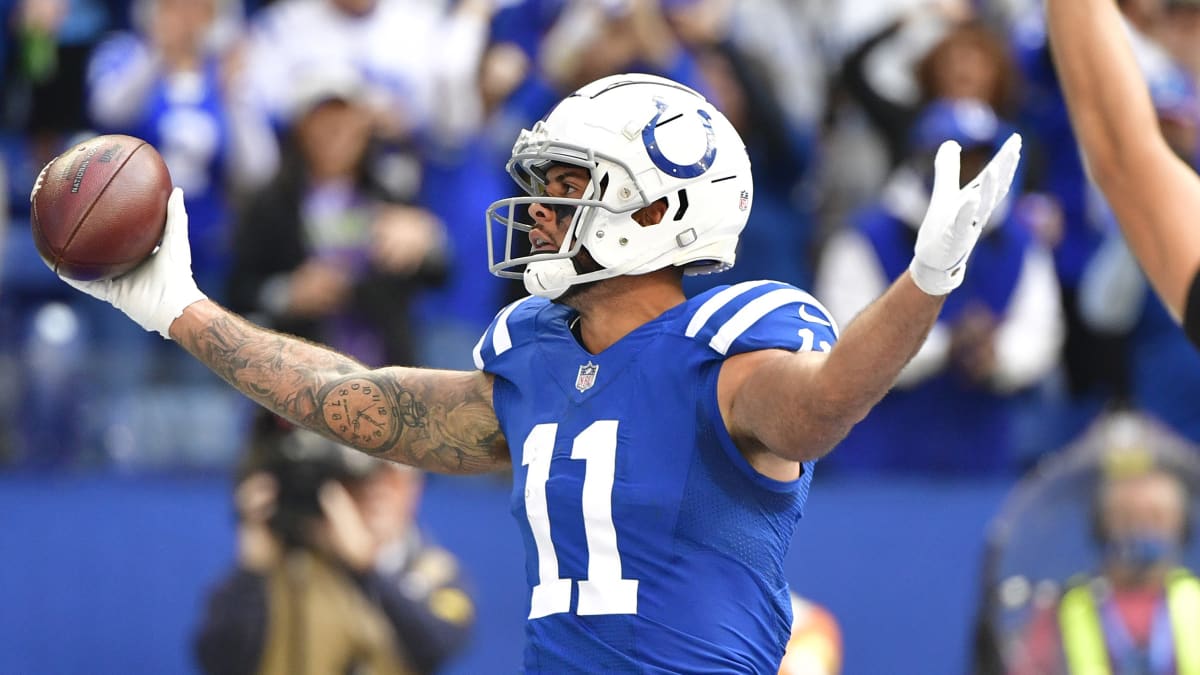FORT WAYNE, Ind. (WANE) – It’s looking like a warm, sunny day in Indianapolis this year with temperatures climbing as high as the low 80s by the end of the race in mid-late afternoon Sunday. This certainly sounds great for spectators, but according to 1969 Indy 500 winner Mario Andretti, for drivers, the track becomes more slick as the sun shines on the tarmac and draws the oil up to the top. This more slippery surface results in worse tire grip and slower speeds. Andretti says there could be a tenth of a second difference in speed going through a corner when comparing a more cloudy day to a sunnier one. In the world of Indy car racing, when it comes to time, every little bit counts.

Weather plays a huge role as drivers prepare for the race and, of course, as they make adjustments on race day.
According to Indy 500 driver Santino Ferrucci, who’ll start the 106th Indy 500 in 15th position (out of 33), “We look at it every day. I mean I kid you not. Every morning we are watching the forecast. We are watching the barometric pressure, the humidity, the temperature – how it’s going to rise, cloud cover. Everything has an affect on the cars, to the point that you are trimming the car for the weather.”
Andretti echoes a similar sentiment, “Weather is as big a deal as anything else when it comes to being able to maintain the peak performance by adapting properly.”
No rain’s expected this year and a rain-free race has happened many times. However, the rainiest race day was in 2004, when nearly 4 inches of rain fell. The race was stopped twice and declared over at the 4 hundred fifty mile mark.

While this year’s high stops in the 80s, there have been 7 years with race day highs in the 90s with 1937’s 92-degree temp the highest on the books.

On the opposite side of things, the coldest was back in 1992. It’s the only race day with a high in the 50s. Colder air causes tires to become more stiff and they lose their grip. Mario Andretti knows this first hand. He was in this coldest race and here’s what he told me about a pivotal point when he was leaving the pit while under yellow. He was far back in the pack, at turn 3, when he got the green and had to make a move.
“I was overzealous. I came into turn 4. I was under 3 or 4 cars. And, of course, because of cold tires, I crashed big. I broke some bones and whatever and I was out of the race. Weather played a huge factor there. If it had been a sunny day, I probably would have been okay,” Andretti told WANE 15’s Nicholas Ferreri.
When asked about his ideal racing forecast, Andretti’s first reaction was to say, “72 degrees, overcast, and no more than 5 mph winds. I don’t care which direction it comes from. I’ll take that.” Andretti selected these conditions because they would produce the best driving conditions and a racer would not have to focus on reacting to the weather and would be able to just focus on driving.
Regarding wind, Andretti stated, “At Indy, because of the high speed, the wind really plays a high factor. It changes the behavior of the car, whether it’s entry, or exit, or the corners, to prepare for that is all important because if you don’t, it’s too late…You have to back off and you lose performance.”

After reflecting on his response, Andretti’s second thought was that, if a driver performs well in certain weather conditions, like driving in the wind, they may find it preferable to have the wind blowing, since other drivers may be at a disadvantage.
“When the forecast would be ideal, like I said, everybody can handle that. Now, I’m actually, I’m contradicting myself to some degree. If I were to wish for a nice, beautiful situation like that (72°/overcast/no wind), [I’d want it] for me qualifying, then as soon as I am done qualifying, let the wind blow,” said Andretti.

For Ferrucci there wasn’t any hesitation. His answer was all about strategy.
“A lot of drivers are going to hate this. I’d love to see a 105° day with a big headwind coming from south to the north, which would mean a tailwind coming out of turn 2 because it just makes things super tricky….I just like the idea of a hot, greasy track just cause it frees up the cars, it makes it a little more driver challenging…”
If you’re wondering what type of impact an increasing amount of heat has on Indy cars, Ferrucci explains, “Say the temperature decides to rise from 85° to 95° in the span of 35-40 minutes when the sun comes out, our cars will lose about 100 pounds of downforce, give or take, which is about 5 mph…When you’re on race day, y’know, we’ve had some pretty hot race days the past couple of years, and we’re just trying to pay attention to what the maximum temperature is going to be in the race and trying to get the car set for a specific downforce level at that point in time. The higher the temperature, the higher the humidity, the slower the cars are going to go and the less downforce we’re going to have, so we need to put in more wing angle to get a little bit more grip.”
Loving reading about the science between weather and racing? Ferrucci discusses more about how different weather conditions affect how he drives in this video interview:




